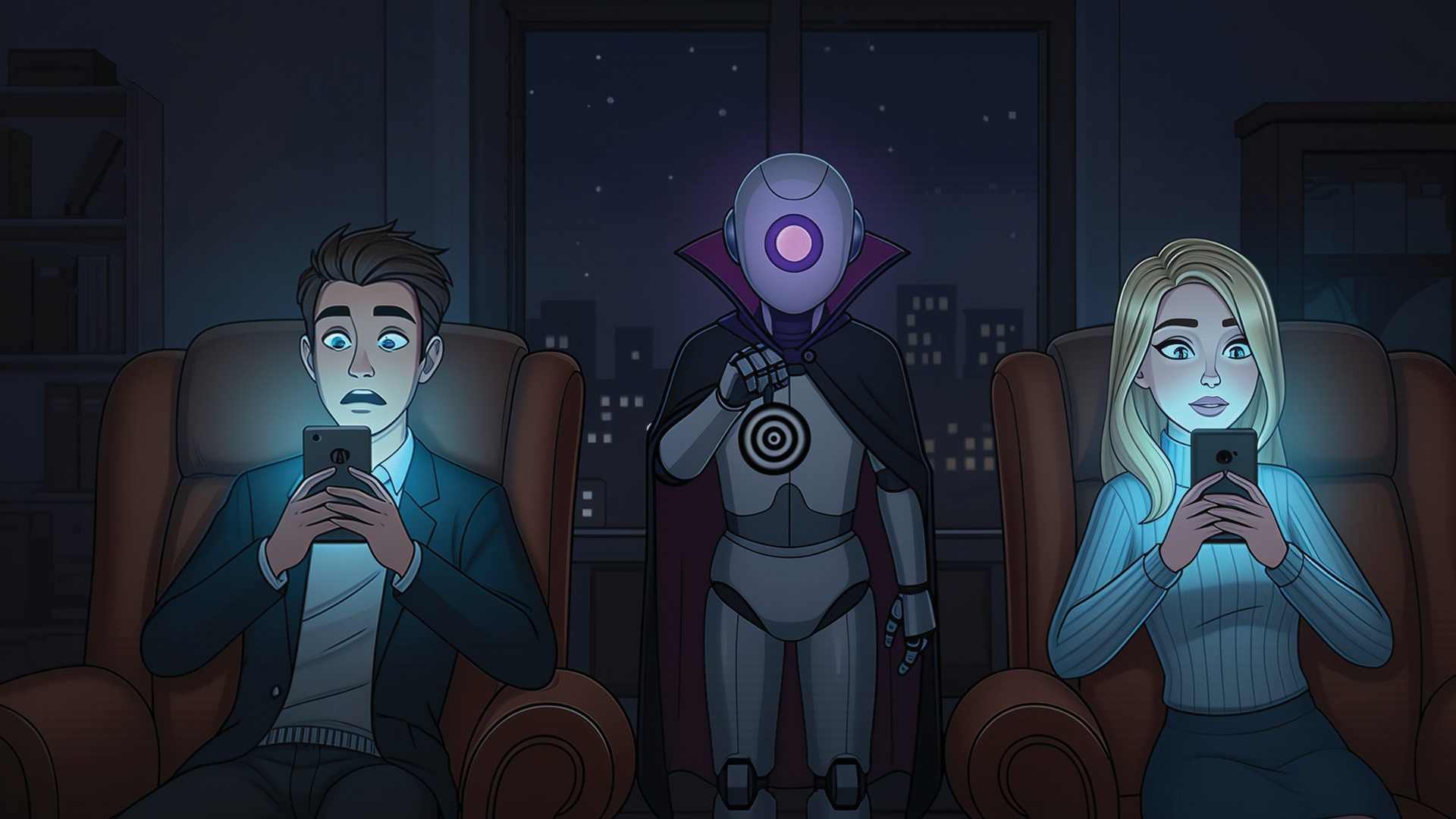“TV will rot your brain.”
If you grew up in the 1980s, you probably heard that line more than once. It echoed the famous 1961 speech by FCC Chairman Newton Minow, who called commercial television “a vast wasteland.” Back then, cartoons were toy commercials and prime-time TV was accused of being violent, sexual, and lowbrow.
Fast forward to today.
The same handwringing is happening again, but this time, it’s over short-form content.
Endless streams of ultra-fast, absurdly addictive videos are now referred to as brain rot. Critics say they’re destroying attention spans, lowering intelligence, and turning creativity into chaos. Artificial intelligence tools like OpenAI’s Sora 2 are supercharging this trend, enabling creators to churn out “AI slop” or endless low-effort and high-volume video content made at a speed no human can match.
Despite the backlash, this content dominates feeds and captures younger audiences by the billions. So where does that leave marketers and creatives trying to reach people in 2025?
Let’s unpack it.
A Multi-Decade Shift Has Changed Everything
When my kids were little, I remember watching YouTube unboxing videos with them thinking, “People actually make money doing this?”
Then came the influencers, the sponsorships, and the million-dollar channels.
While TV networks like HGTV lost viewers, younger audiences shifted to “shop with me” and “decorate with me” videos. They’d rather watch someone just like them browse Target or redo a bedroom on a real-world budget than see another overproduced HGTV reveal.
Marketers followed the eyeballs. Budgets shifted to creators and digital sponsorships while traditional buyers still clung to broadcast schedules and Nielsen ratings. The industry changed but not everyone noticed.
Marketers Aren’t the Audience
The biggest red flag in marketing is when strategy is driven by someone who isn’t the target audience.
Executives and agency leads often talk about “engagement,” “social trends,” and “AI integration,” but many don’t use the tools or platforms themselves. They aren’t scrolling TikTok, generating content, or exploring AI workflows. They’re reading summaries about them.
Meanwhile, the next generation is living it.
Parents may hear “Skibidi Toilet” blaring from a tablet and think it’s nonsense. But to the audience consuming it, it’s part of an evolving cultural language. For marketers, dismissing that world because it feels beneath us is a mistake.
You don’t have to like the content to understand the psychology behind it and how your audience is consuming information today.
Most Advertising Isn’t Art
Traditional creatives often see the rise of AI content as an attack on craftsmanship. But advertising has never truly been about art. It’s about attention.
The modern audience doesn’t need cinematic perfection, they want immediacy, authenticity, and relevance. The expectation for visual quality has changed. Rough edges, quick edits, and slightly offbeat effects are not only acceptable, they’re part of the aesthetic.
What’s happening now is the normalization of “low fidelity meets hyper-real.” That contrast with AI visuals that look slightly surreal is becoming its own art form. And audiences are being conditioned to accept, even prefer, that blend. As Marshall McLuhan noted, the medium is the message.
Attitudes Toward AI Will Evolve
Ask any teen and they’ll tell you they “hate AI content.” But if you show them a well-made AI video, many can’t tell the difference.
We’ve already adapted to CGI. We loved the visual spectacle of Avengers: Endgame and rolled our eyes at Doctor Strange in the Multiverse of Madness. AI will follow the same path—there will be both brilliant and terrible examples, and our tolerance will evolve.
Marketers shouldn’t fear being early. They should fear being unprepared.
FOMO vs. Being Left Behind
How to Move Forward
Marketers are famous for chasing shiny objects. FOMO leads to wasted budgets and burnout. But staying still is just as dangerous.
We saw this with brands like Bud Light and Cracker Barrel. The issue wasn’t that they took risks, it’s that they lost alignment with their audience.
The right approach with AI is to learn the principles, not the platforms. Don’t become an expert in a single tool; understand the mechanics behind prompting, data integration, and creative automation.
~ Experiment intelligently.
~ Know your audience.
~ And realize that waiting for the technology to “settle” is the same as waiting for social media to stop evolving, it never will.
Those who delayed social adoption a decade ago missed the golden era of free organic reach. The same mistake is about to repeat itself with AI.
How to Move Forward
Artificial intelligence isn’t a fad. It’s the next foundation of creative work.
Just as Photoshop became standard in design and CGI became standard in film, AI will become standard in marketing. The winners will be the ones who experiment, learn, and adapt now.
Our job as marketers isn’t to fight cultural shifts, it’s to understand them, decode them, and use them responsibly to connect brands with audiences in meaningful ways.
AI slop and brain rot may define the cultural noise of today, but within that noise are new patterns, new formats, and new opportunities to capture attention in ways we’ve never seen before.
Learn how to see them before your competitors do.

